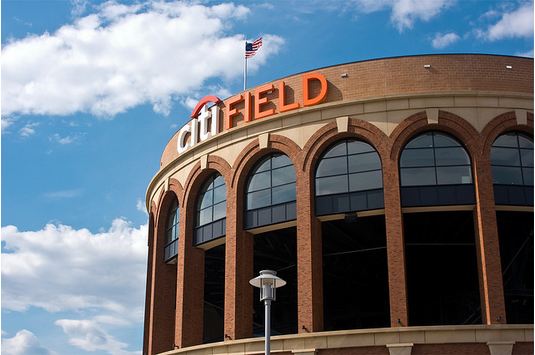Banking, finance, and taxes
Shrinking Credit Losses Boost Citigroup Profit
Published:
Last Updated:

On a GAAP basis, excluding credit/debit valuation adjustments, revenues for the first quarter totaled $20.5 billion and first-quarter EPS totaled $1.23, reflecting higher revenues and lower net credit losses. Credit losses in the first quarter totaled $319 million before taxes, compared with $1.3 billion in the first quarter a year ago.
The bank’s CEO said:
During the quarter, we benefitted from seasonally strong results in our markets businesses, sustained momentum in investment banking, continued year-over-year growth in loans and deposits in Citicorp, and a more favorable credit environment. However, the environment remains challenging and we are sure to be tested as we go through the year.
At the end of the first quarter, the bank’s Basel I Tier 1 capital ratio was 13.1% and the common ratio was 11.89%. Citigroup’s estimated Basel III Tier 1 common ratio at the end of the quarter was 9.3%.
Net credit losses in all the bank’s divisions totaled about $3 billion, which though not a small amount was substantially better than a year ago. At Citi Holdings, net credit losses in the first quarter totaled $930 million, compared to $1.73 billion a year ago. And at the bank’s global consumer banking division, credit losses fell from $2.28 billion in the first quarter a year ago to $2 billion this year.
Shares are up about 1.7% in premarket trading this morning, at $45.55 in a 52-week range of $24.61 to $47.92. Thomson Reuters had a consensus analyst price target of around $51.70 before today’s results were announced.
Credit card companies are pulling out all the stops, with the issuers are offering insane travel rewards and perks.
We’re talking huge sign-up bonuses, points on every purchase, and benefits like lounge access, travel credits, and free hotel nights. For travelers, these rewards can add up to thousands of dollars in flights, upgrades, and luxury experiences every year.
It’s like getting paid to travel — and it’s available to qualified borrowers who know where to look.
We’ve rounded up some of the best travel credit cards on the market. Click here to see the list. Don’t miss these offers — they won’t be this good forever.
Thank you for reading! Have some feedback for us?
Contact the 24/7 Wall St. editorial team.